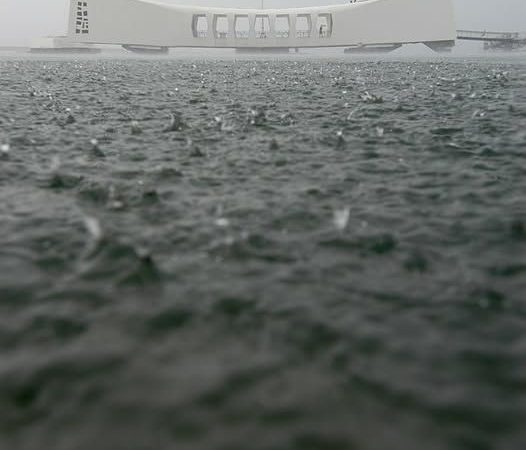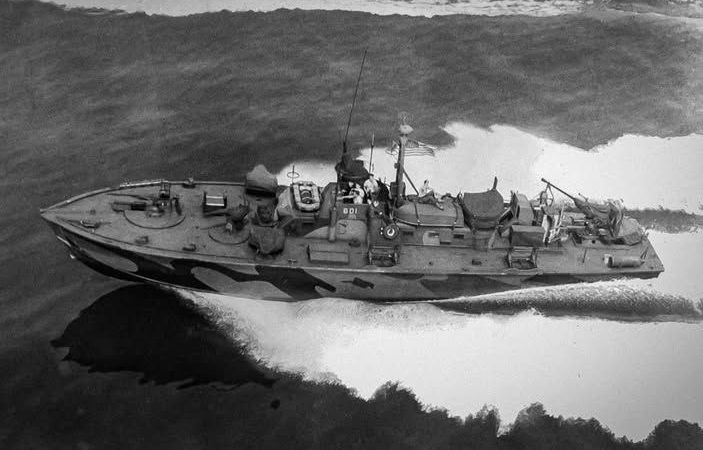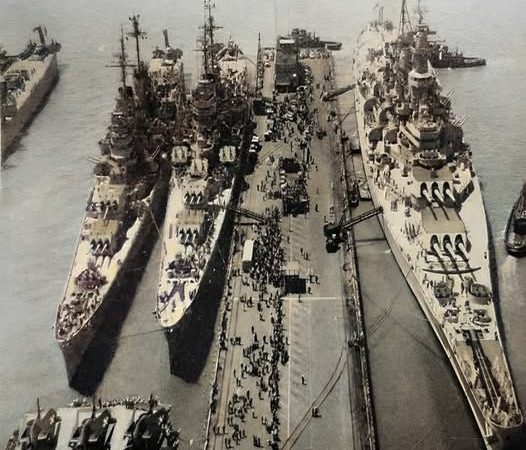The German Heavy Cruiser Admiral Hipper Docked in Brest, 1941
In 1941, amidst the tumult of World War II, the German heavy cruiser Admiral Hipper made a notable appearance in the French port city of Brest. Launched in 1937 and commissioned in 1939, Admiral Hipper was one of the most advanced warships of her time, embodying the capabilities and ambitions of the Kriegsmarine, Germany’s navy.
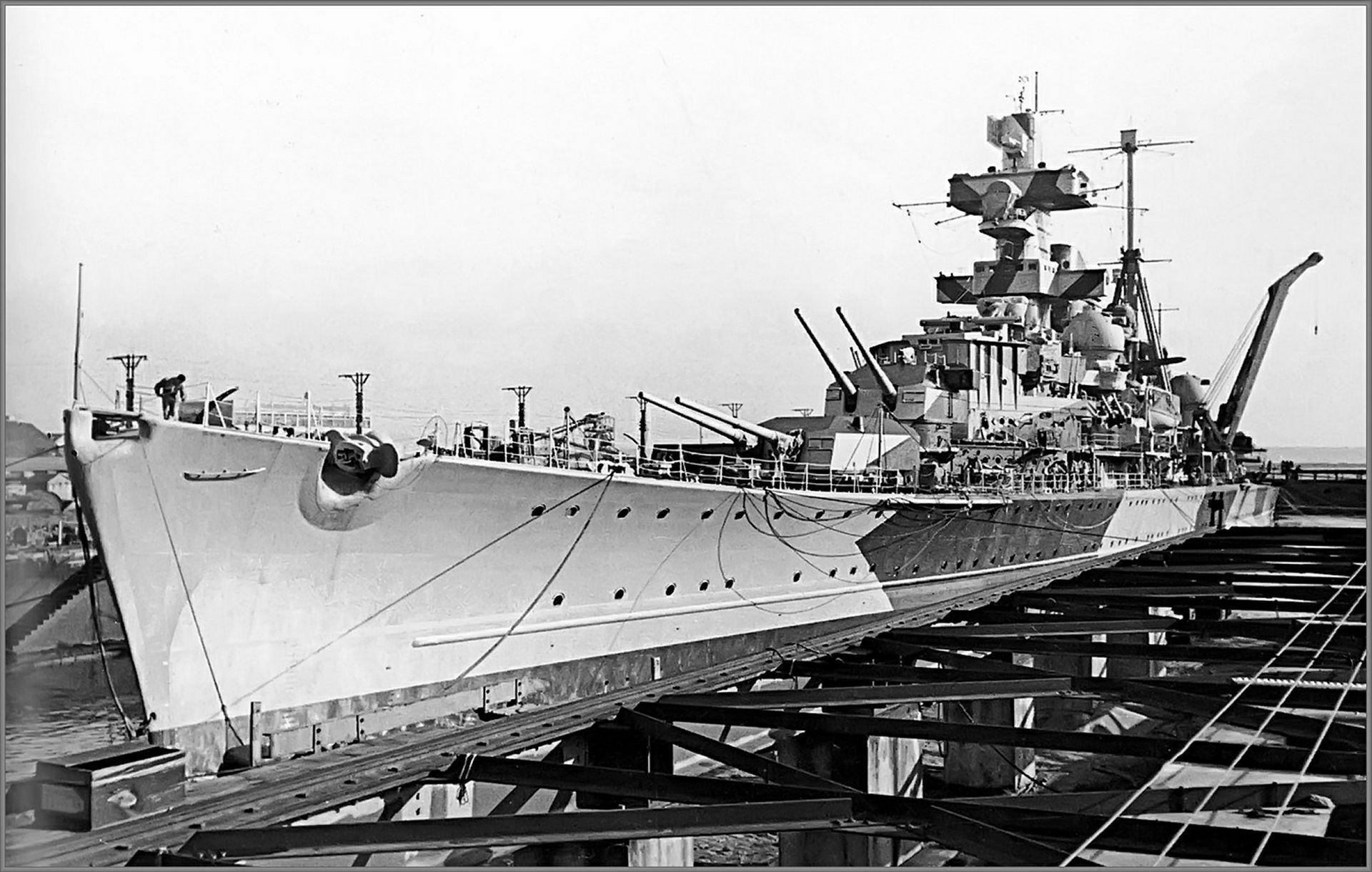
The Admiral Hipper was designed as a part of Germany’s naval strategy to project power across the seas. She was equipped with an array of impressive armaments, including eight 8-inch guns, capable of engaging enemy vessels and providing formidable naval fire support. The cruiser also boasted a speed of 32 knots, allowing her to outrun many adversaries and to maneuver effectively in various maritime conditions.
The ship’s design featured a streamlined hull and a high bow, which not only contributed to her aesthetic appeal but also enhanced her performance in heavy seas. With advanced radar and communication systems for her time, Admiral Hipper was a technological marvel, capable of coordinating complex naval operations.
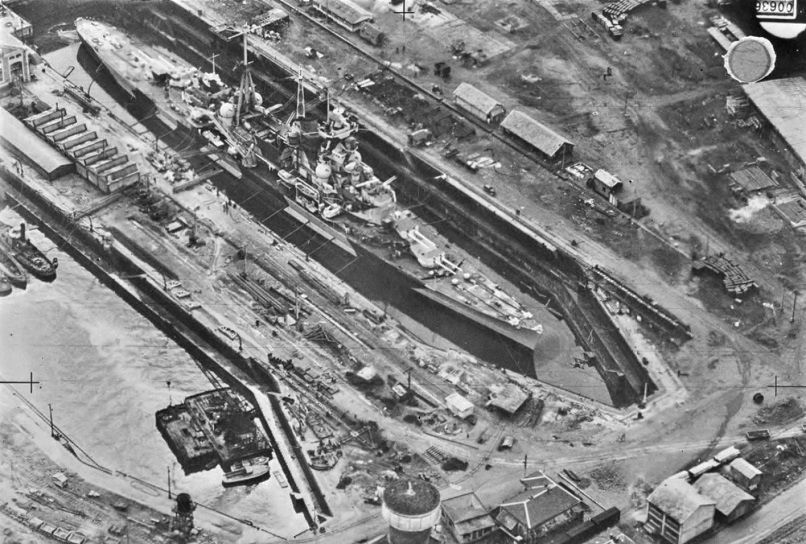
In early 1941, the Admiral Hipper docked in Brest, a strategic location for the German navy. Brest served as a critical naval base for operations in the Atlantic and provided a vital point for logistics and support. The ship’s presence in the port was not just a display of naval power but also an indication of Germany’s intentions in the Atlantic theater.
During her time in Brest, Admiral Hipper participated in several operations, including missions aimed at disrupting Allied shipping routes. The cruiser was part of Germany’s broader strategy to challenge British naval supremacy and secure vital supply lines.
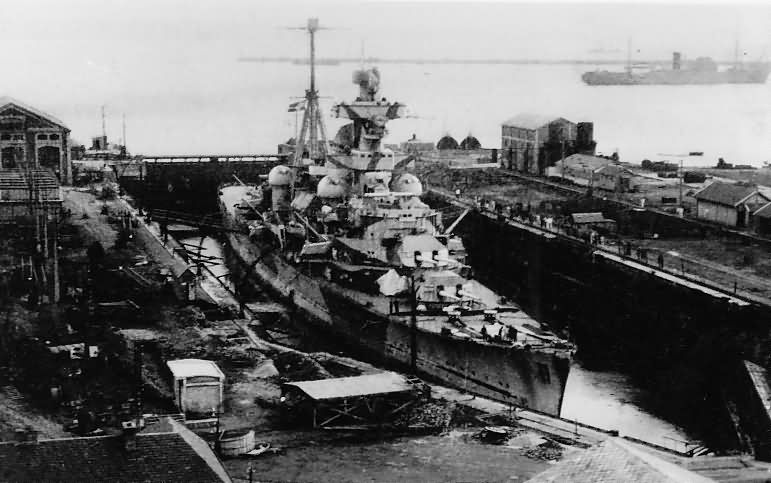
Brest was essential for the German navy for several reasons. Its location allowed for swift access to the Atlantic, making it a perfect launch point for U-boat operations and surface raider missions. The port became increasingly fortified as Germany sought to maintain a strong naval presence in the region.
The arrival of Admiral Hipper underscored the strategic importance of Brest, as well as the lengths to which Germany would go to exert control over the Atlantic. The ship’s presence served to intimidate Allied forces and exemplified the ongoing naval warfare that characterized the early years of World War II.
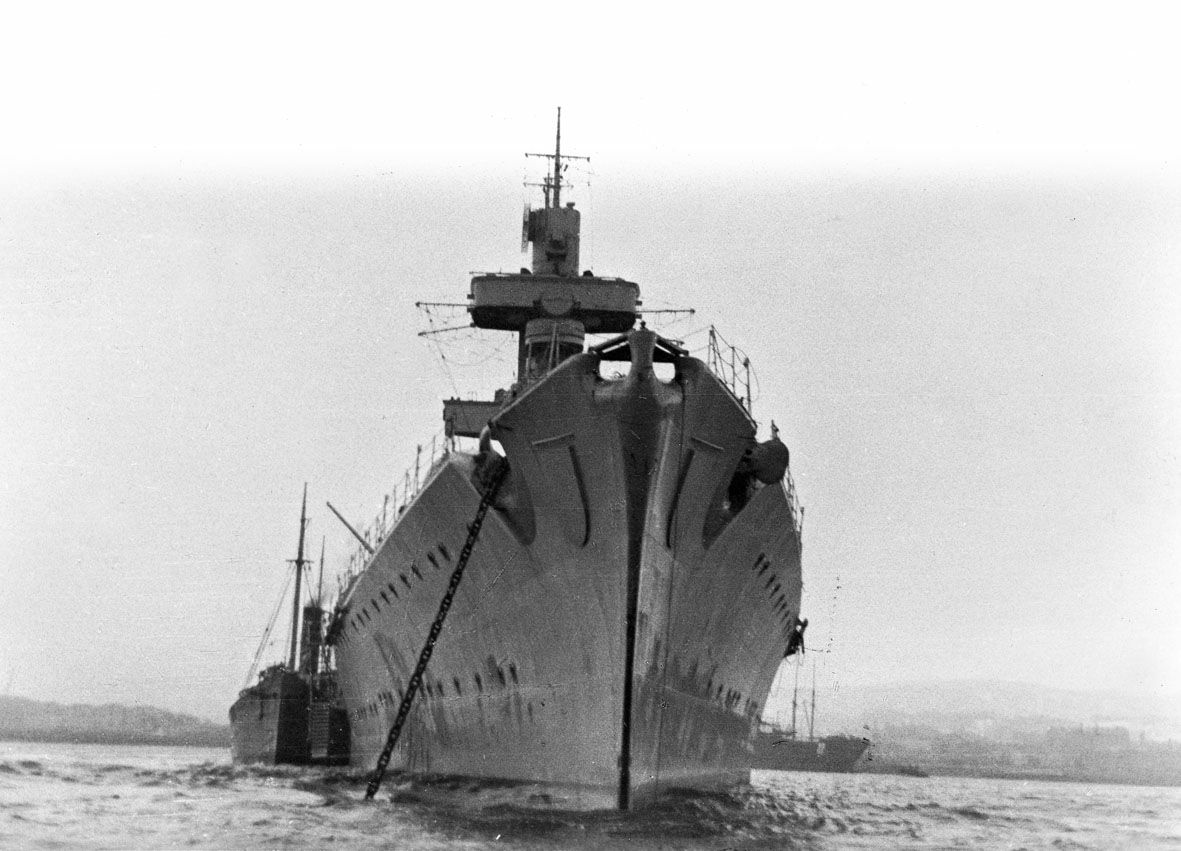
The docking of the German heavy cruiser Admiral Hipper in Brest in 1941 marked a significant moment in naval history. It represented the might of the German Kriegsmarine and highlighted the strategic importance of naval power in World War II. As the war progressed, the role of naval forces would only increase, shaping the outcomes of battles and influencing the course of history in the Atlantic theater. The Admiral Hipper, with its formidable capabilities and striking design, remains a symbol of an era defined by conflict and ambition on the high seas.

